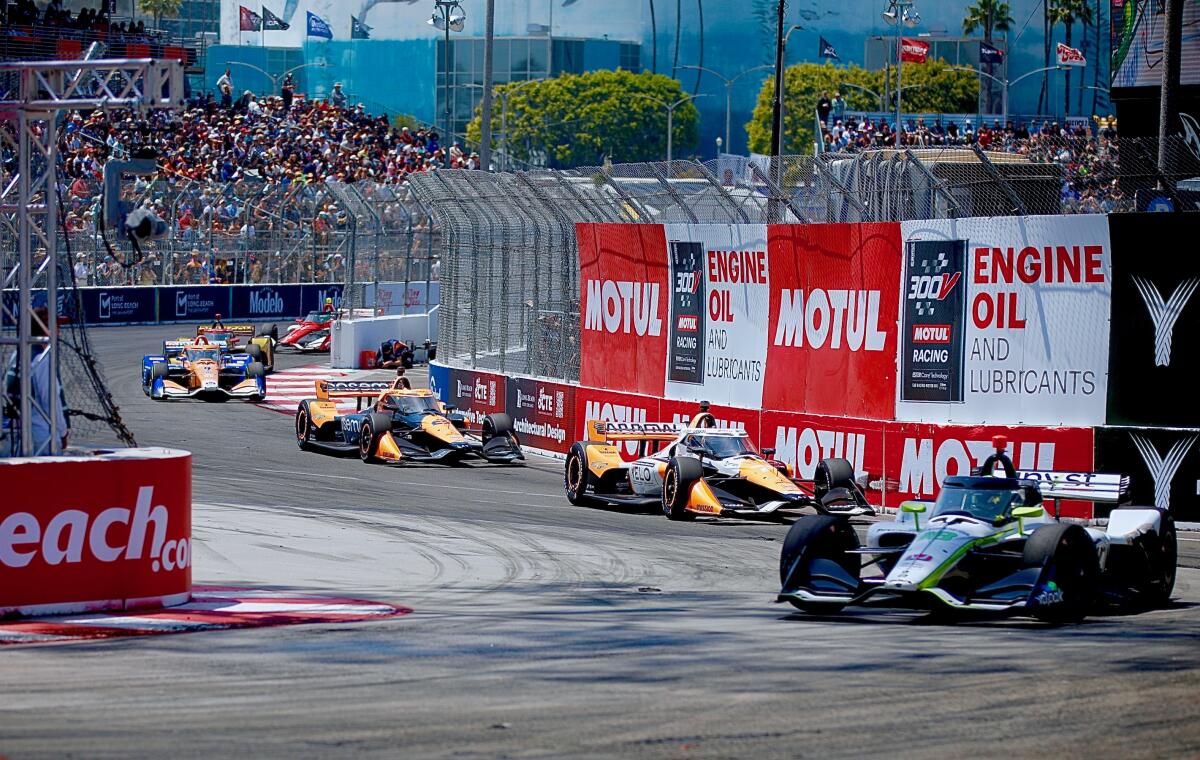
How The Long Beach Grand Prix Transformed A City And Became IndyCar’s Shining Gem
Once a gritty port town best known for its boarded-up shops and empty docks, Long Beach is now a shining symbol of motorsport glamour—and the spark behind that transformation has been the city’s celebrated Grand Prix. As the Long Beach Grand Prix commemorates its 50th anniversary, this southern California classic has not only revitalized a city but secured its slot as the second-biggest highlight on the IndyCar calendar, just behind the famed Indianapolis 500.
The journey from a little-known harbor town to "the Monaco of America" is a tale of audacity and vision. Chris Pook, then a travel agent with dreams as big as Monaco’s harbor, spearheaded the campaign, supported by Southern California racing legend Dan Gurney. The first event in 1975 featured the roaring Formula 5000 cars. While skepticism was high—"Everybody wondered, 'What are they drinking?'" quipped Mario Andretti—the inaugural running was a triumph, catalyzing approval from Formula 1 to descend the following year.
The 1977 edition was a landmark, with Andretti himself driving into victory lane behind the wheel of a Lotus—a memory he still ranks among his greatest achievements. "It was a U.S. Grand Prix, and you know how important that is for any Formula 1 driver to win their home grand prix," Andretti reflected. This was more than a race; it was a statement, putting Long Beach on the international motorsports map.

However, Formula 1’s rising financial demands forced a change after 1983, ushering in the IndyCar era from 1984 onward. This pivot paid off—especially for Andretti, who found more glory at Long Beach and for the city, which saw the Grand Prix become an annual festival of speed, music, and culture. Attendance now regularly swells to nearly 200,000, with an estimated $100 million feeding into the local economy each year.

Modern stars like Scott Dixon underline the event’s significance. Though six years younger than the race itself, Dixon has contested it sixteen times and claimed two wins, describing it as “one of the greatest races.” His persistent study of the ever-changing street surfaces demonstrates the deep challenge and allure Long Beach presents to drivers, who must adapt their craft to each subtle change in the circuit’s character year after year.
The race is now under new management, with motorsports tycoon Roger Penske acquiring it in late 2024 amid interest from NASCAR and Formula One. Penske’s vision: "We want to roll over and make it better," signaling continued ambition for an already iconic event.
Beyond competition, the Long Beach weekend has grown into a citywide celebration, anchored by concerts, celebrity events, and the induction of legends like Scott Dixon and Long Beach’s own Jim Michaelian into the Motorsports Walk of Fame. It's not just a race; it's part of Long Beach’s identity.
Mario Andretti summed up the city’s transformation best: "It was the rebirth of a city there, and now it is a destination. Racing did that for the city. No question about it."
As the Long Beach Grand Prix roars past its golden 50th year, its enduring legacy is not only measured by trophies or victories, but by the city it continues to shape. Will the next 50 years bring even greater glory? Share your thoughts below—what makes the Long Beach Grand Prix special to you?